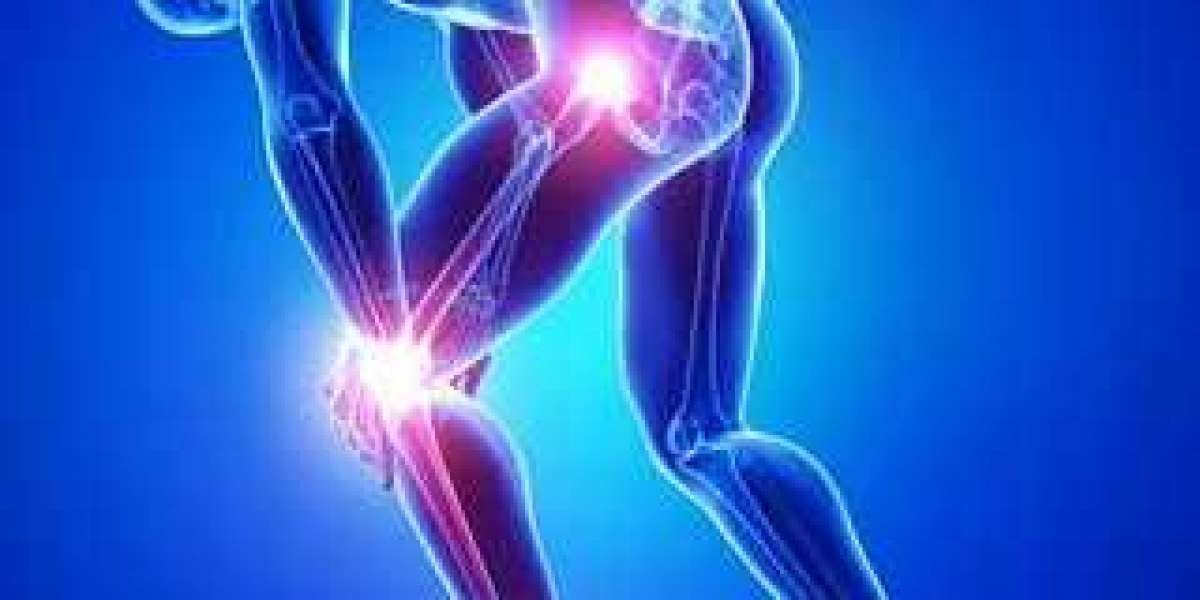First of all,
Everyone experiences pain, and it can have a significant negative influence on everyday functioning and quality of life. Whether the pain is acute or chronic, it needs to be managed holistically, taking into account the social, emotional, and physical facets of health. In order to support people on their path to recovery and resilience, this article examines a variety of pain management tools and tactics, such as coping mechanisms, complementary therapies, and painkillers.
Understanding Pain:
The sensation of pain is multifaceted and individualized, involving sophisticated interplay among the brain, nervous system, and other physiological systems. Specialized nerve endings called nociceptors are able to recognize potentially damaging stimuli and send signals to the brain, where they are processed and perceived as pain. Acute pain is a warning indication of tissue damage or injury, but chronic pain can affect one's physical and mental health even after the initial injury has healed.
Tools for Coping with Pain:
Managing symptoms, lowering anxiety, and enhancing general quality of life all require the development of a toolkit of methods and strategies. The following resources can be very helpful in efficiently managing pain:
Pain Relieving Drugs:
Over-the-counter analgesics and prescription opioids are examples of pain relieving drugs that can temporarily reduce symptoms of pain . Aspirin and ibuprofen are two examples of nonsteroidal anti-inflammatory medications (NSAIDs) that are frequently used to treat musculoskeletal injuries and arthritis by reducing inflammation and pain. Despite its effectiveness in treating severe pain, opioids have the potential to cause dependence, addiction, and overdose, which emphasizes the need for careful prescription and monitoring practices. Painkillers can provide people with temporary comfort while treating underlying issues and encouraging long-term recovery when used as part of an all-encompassing pain management strategy.
Complementary Therapies:
In addition to standard treatments like painkillers, complementary therapies provide different methods of managing pain. Acupuncture, massage treatment, and chiropractic adjustments are examples of techniques that target certain spots or regions of the body to reduce pain and encourage relaxation. Mind-body therapies, such as tai chi, yoga, and mindfulness meditation, build resilience and awareness in people, which helps them manage chronic pain and become less dependent on medicine. For maximum efficacy and long-term comfort, these complementary therapies can be incorporated into a comprehensive pain management program.
Coping Strategies
Despite having chronic pain, people can control their symptoms and enhance their quality of life by using coping strategies. Methods like progressive muscle relaxation, guided visualization, and deep breathing exercises might help improve coping processes and ease tension associated with stress. With the support of cognitive-behavioral therapy (CBT), an evidence-based method, people can recognize and alter unhelpful thought patterns and actions linked to pain, giving them the ability to manage their condition and enhance their quality of life.
Lifestyle Changes:
Changing one's way of living is essential for both managing pain and advancing general health and well-being. Frequent exercise that is catered to each person's abilities and preferences can enhance mood, strength, and flexibility while lessening the negative effects of pain on day-to-day functioning. Pain symptoms can be eased and inflammation can be decreased with a well-balanced diet full of foods high in omega-3 fatty acids, fruits, and vegetables, and other anti-inflammatory nutrients. Keeping a healthy weight, practicing stress reduction, and getting enough sleep are all important ways to help with pain management.
Support Services:
Peer support groups, pain management plans, and interdisciplinary care teams are examples of supportive services that are essential to provide people with chronic pain comprehensive treatment and assistance. Peer support groups give people the chance to interact with people who can relate to their experiences, exchange coping mechanisms, and receive emotional support and encouragement. Comprehensive evaluations, instruction, and individualized treatment plans are offered by pain management programs. In order to promote recovery and resilience, interdisciplinary care teams work together to create integrated treatment plans that address the social, emotional, and physical elements of chronic pain.
summary
In summary, managing pain necessitates an all-encompassing strategy that takes into account the social, emotional, and physical facets of well-being. A comprehensive pain management strategy that includes complementary therapies, lifestyle modifications, coping mechanisms, medicine, and supportive services can help people take charge of their pain and improve their quality of life. People can face the difficulties of pain and start the process of healing and resilience if they have the correct resources and assistance.



